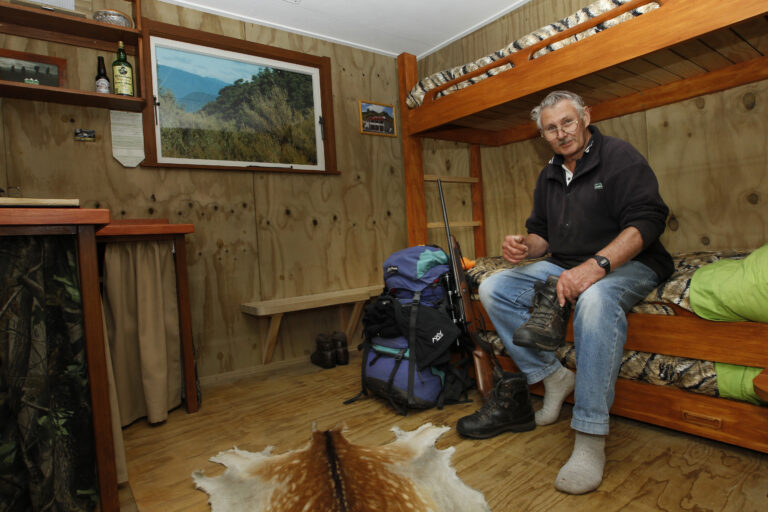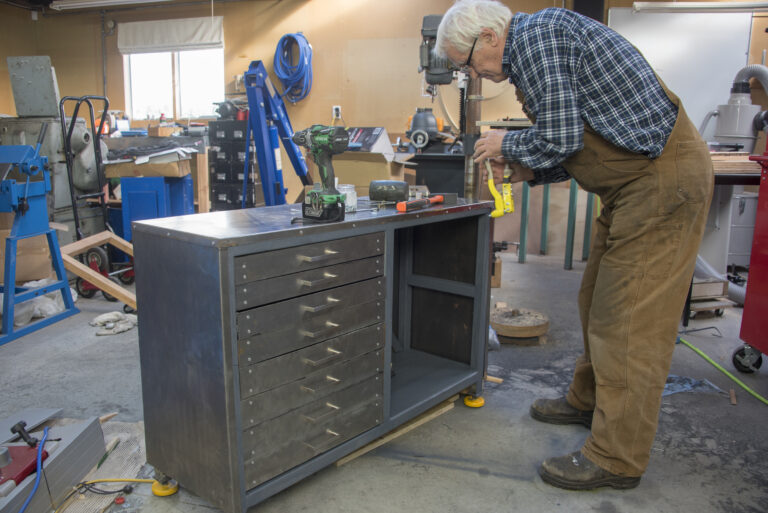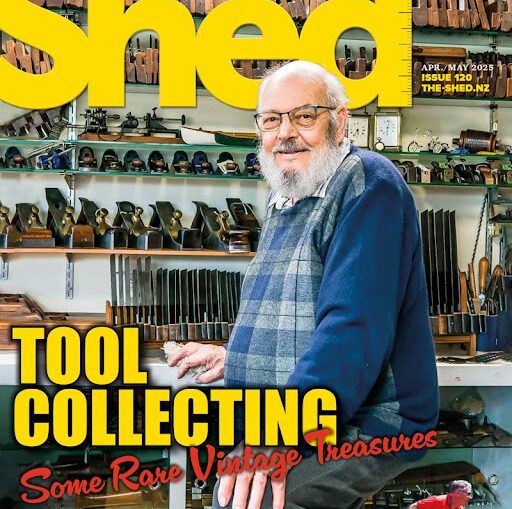
My shed: Going bush in town
Many guys like to retreat to a space they have created and feel comfortable in. For some, it’s a shed to tinker in and build things, for others it’s some sort of man cave where they can socialise with their mates.
Gary Were of Stratford, in Taranaki, has gone a step further. The 71-year-old year semi-retired builder and deer hunter has re-created a replica of his favourite bush hut under his urban house.
For 30 years Gary has been deer hunting in the Urewera ranges in the centre of the North Island. It’s an isolated place, where the boys get flown in by Heliseka Helicopter and spend a week each year hunting sika and sometimes red deer.


